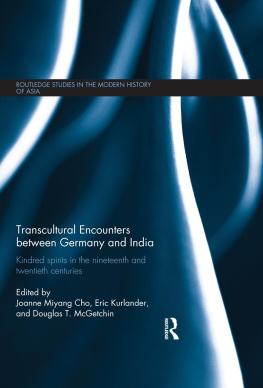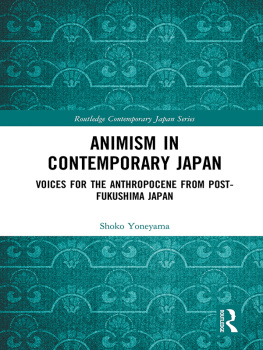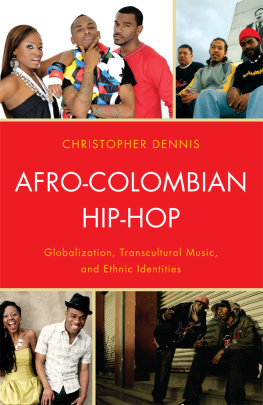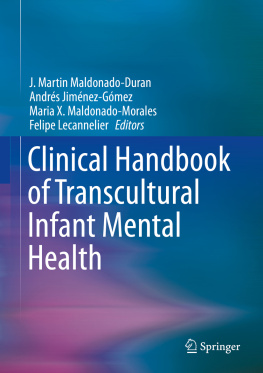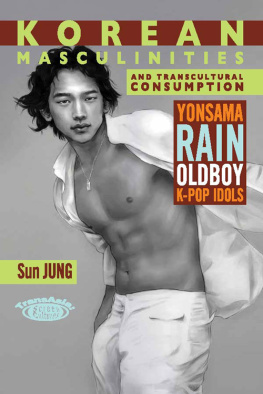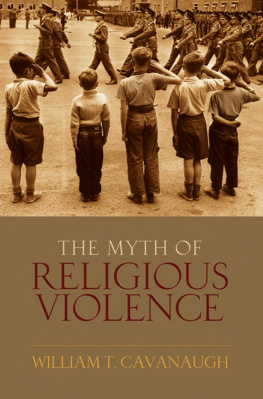Hsiao-yen Peng - Dandyism and Transcultural Modernity: The Dandy, the Flaneur, and the Translator in 1930s Shanghai, Tokyo, and Paris
Here you can read online Hsiao-yen Peng - Dandyism and Transcultural Modernity: The Dandy, the Flaneur, and the Translator in 1930s Shanghai, Tokyo, and Paris full text of the book (entire story) in english for free. Download pdf and epub, get meaning, cover and reviews about this ebook. year: 2015, publisher: Routledge, genre: Romance novel. Description of the work, (preface) as well as reviews are available. Best literature library LitArk.com created for fans of good reading and offers a wide selection of genres:
Romance novel
Science fiction
Adventure
Detective
Science
History
Home and family
Prose
Art
Politics
Computer
Non-fiction
Religion
Business
Children
Humor
Choose a favorite category and find really read worthwhile books. Enjoy immersion in the world of imagination, feel the emotions of the characters or learn something new for yourself, make an fascinating discovery.

- Book:Dandyism and Transcultural Modernity: The Dandy, the Flaneur, and the Translator in 1930s Shanghai, Tokyo, and Paris
- Author:
- Publisher:Routledge
- Genre:
- Year:2015
- Rating:5 / 5
- Favourites:Add to favourites
- Your mark:
Dandyism and Transcultural Modernity: The Dandy, the Flaneur, and the Translator in 1930s Shanghai, Tokyo, and Paris: summary, description and annotation
We offer to read an annotation, description, summary or preface (depends on what the author of the book "Dandyism and Transcultural Modernity: The Dandy, the Flaneur, and the Translator in 1930s Shanghai, Tokyo, and Paris" wrote himself). If you haven't found the necessary information about the book — write in the comments, we will try to find it.
This book views the Neo-Sensation mode of writing as a traveling genre, or style, that originated in France, moved on to Japan, and then to China. The author contends that modernity is possible only on the transcultural sitetranscultural in the sense of breaking the divide between past and present, elite and popular, national and regional, male and female, literary and non-literary, inside and outside. To illustrate the concept of transcultural modernity, three icons are highlighted on the transcultural site: the dandy, the flaneur, and the translator. Mere flaneurs and flaneurses simply float with the tide of heterogeneous information on the transcultural site, whereas the dandy/flaneur and the cultural translator, propellers of modernity, manage to bring about transformative creation. Their performance marks the essence of transcultural modernity: the self-consciousness of working on the threshold, always testing the limits of boundaries and tempted to go beyond them. To develop the concept of dandyismthe quintessence of transcultural modernitythe Neo-Sensation gender triad formed by the dandy, the modern girl, and the modern boy is laid out. Writers discussed include Liu Naou, a Shanghai dandy par excellence from Taiwan, Paul Morand, who looked upon Coco Chanel the female dandy as his perfect other self, and Yokomitsu Riichi, who developed the theory of Neo-Sensation from Kants the-thing-in-itself.
Hsiao-yen Peng: author's other books
Who wrote Dandyism and Transcultural Modernity: The Dandy, the Flaneur, and the Translator in 1930s Shanghai, Tokyo, and Paris? Find out the surname, the name of the author of the book and a list of all author's works by series.

